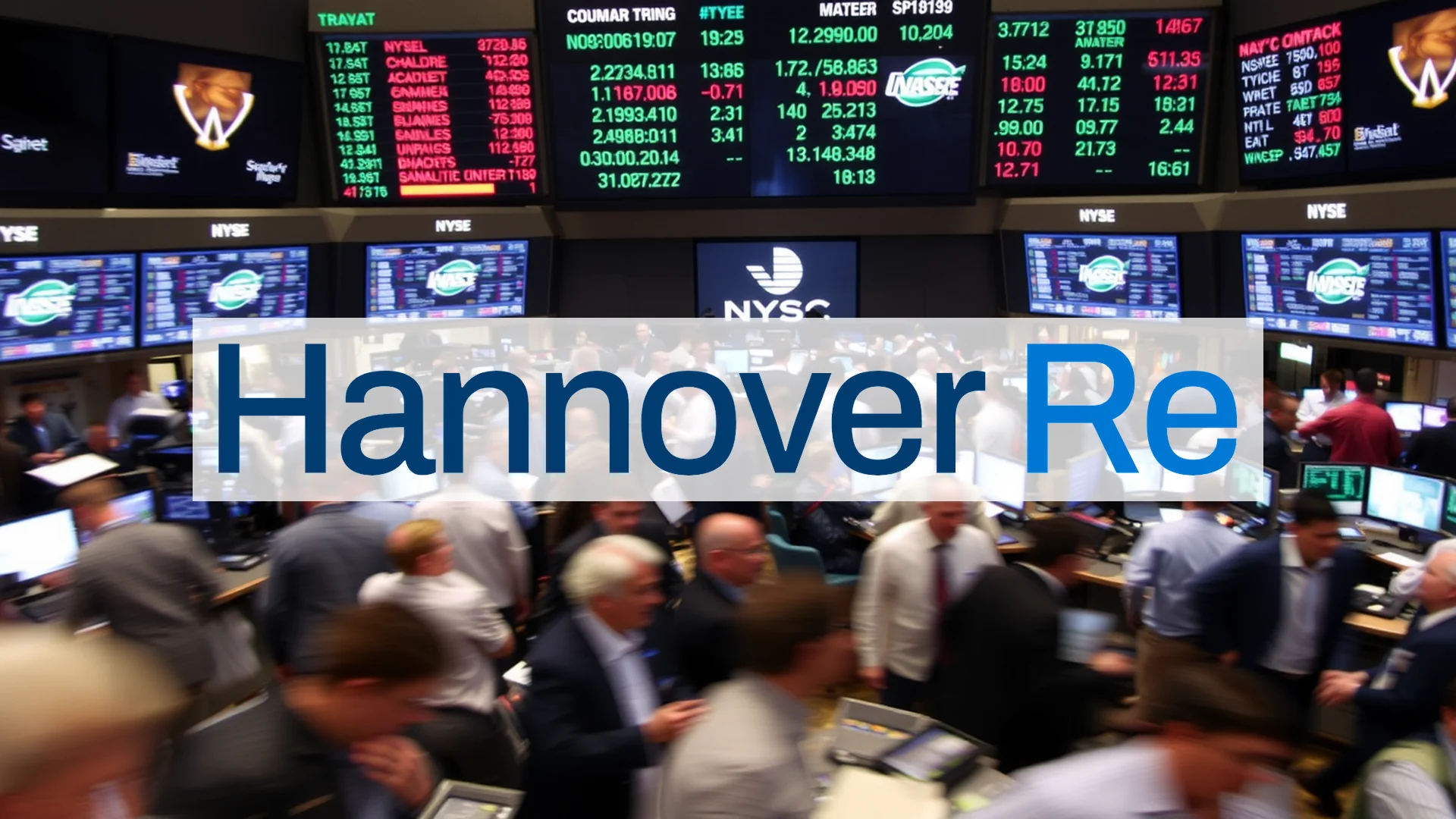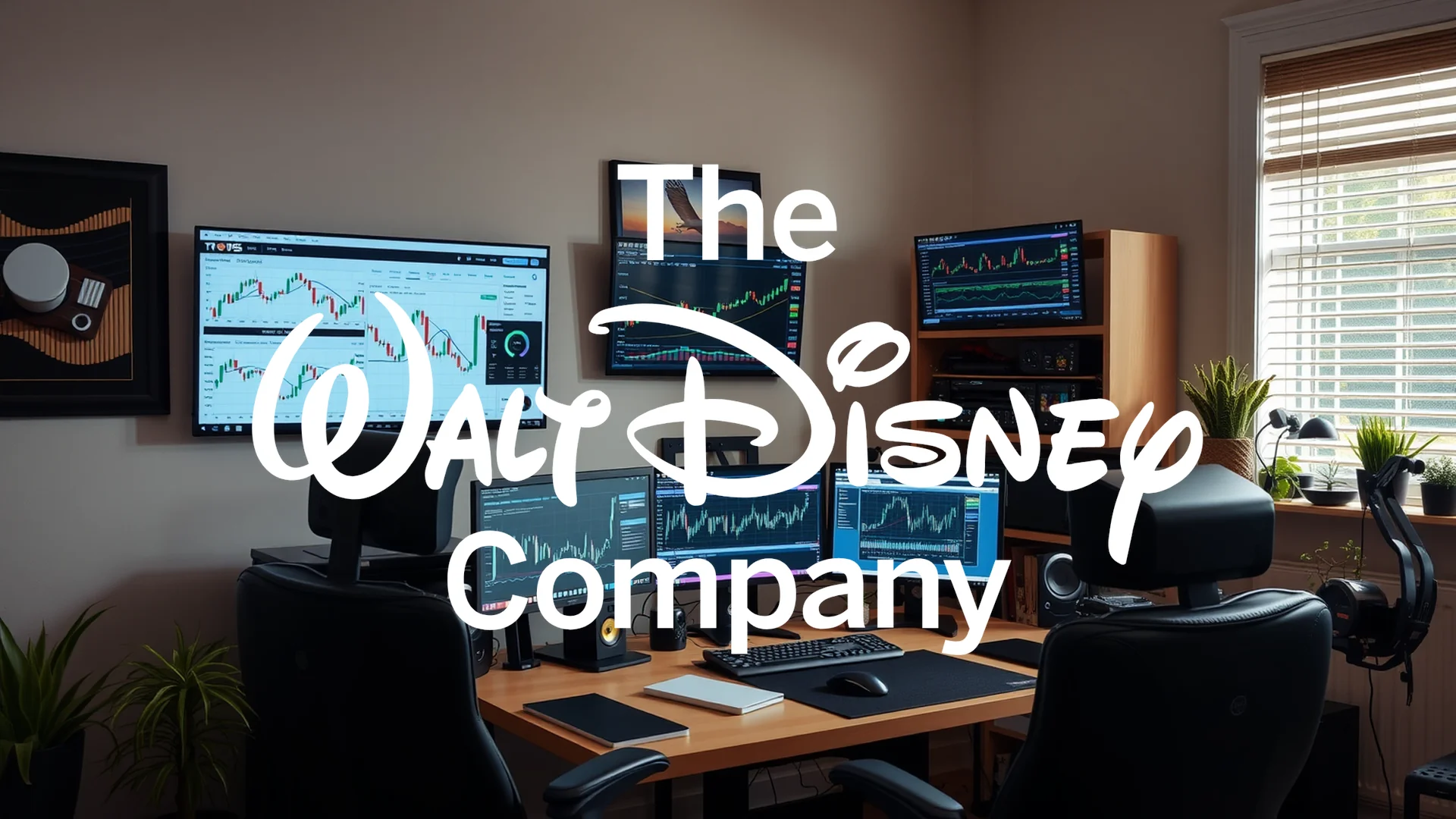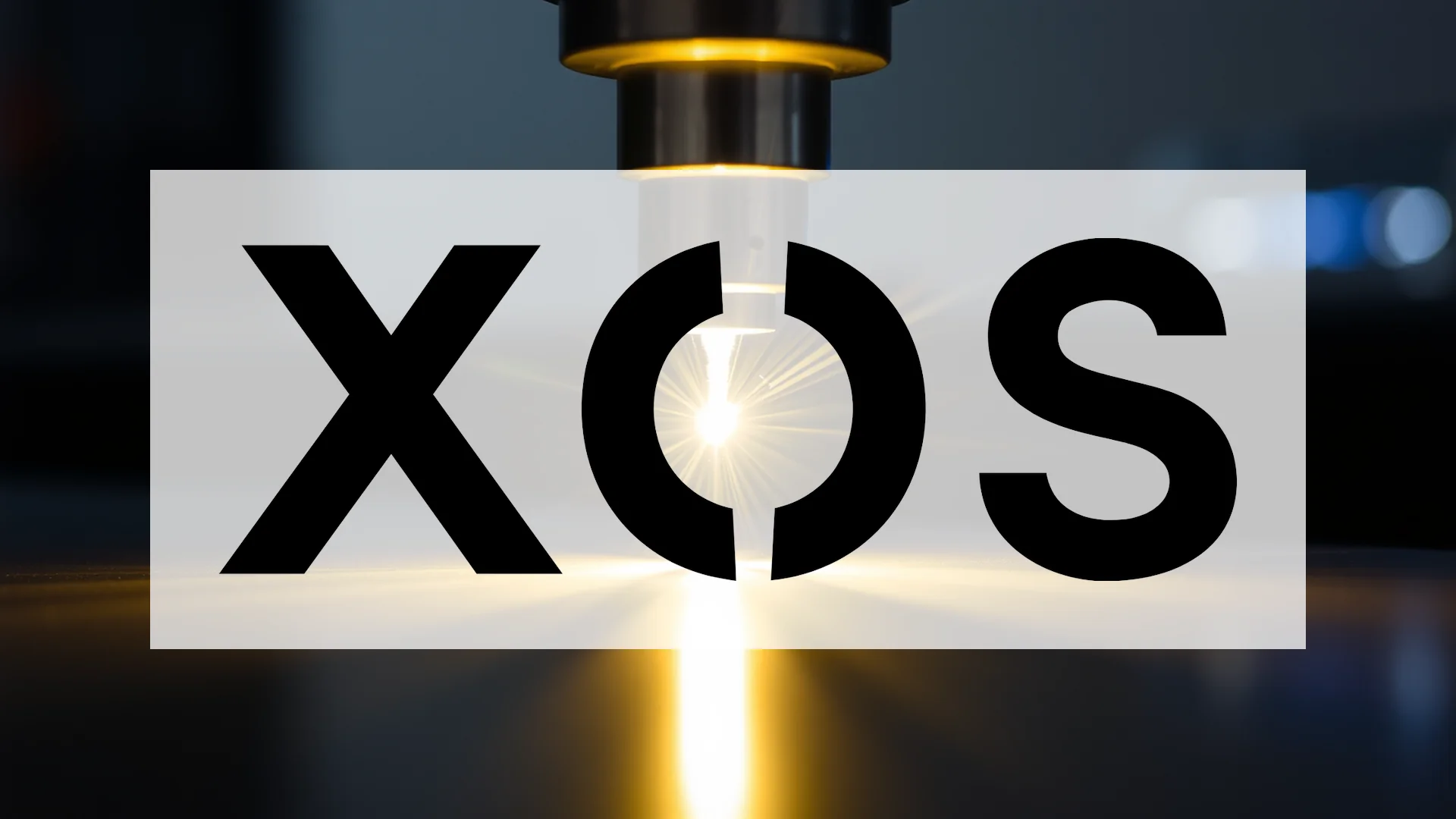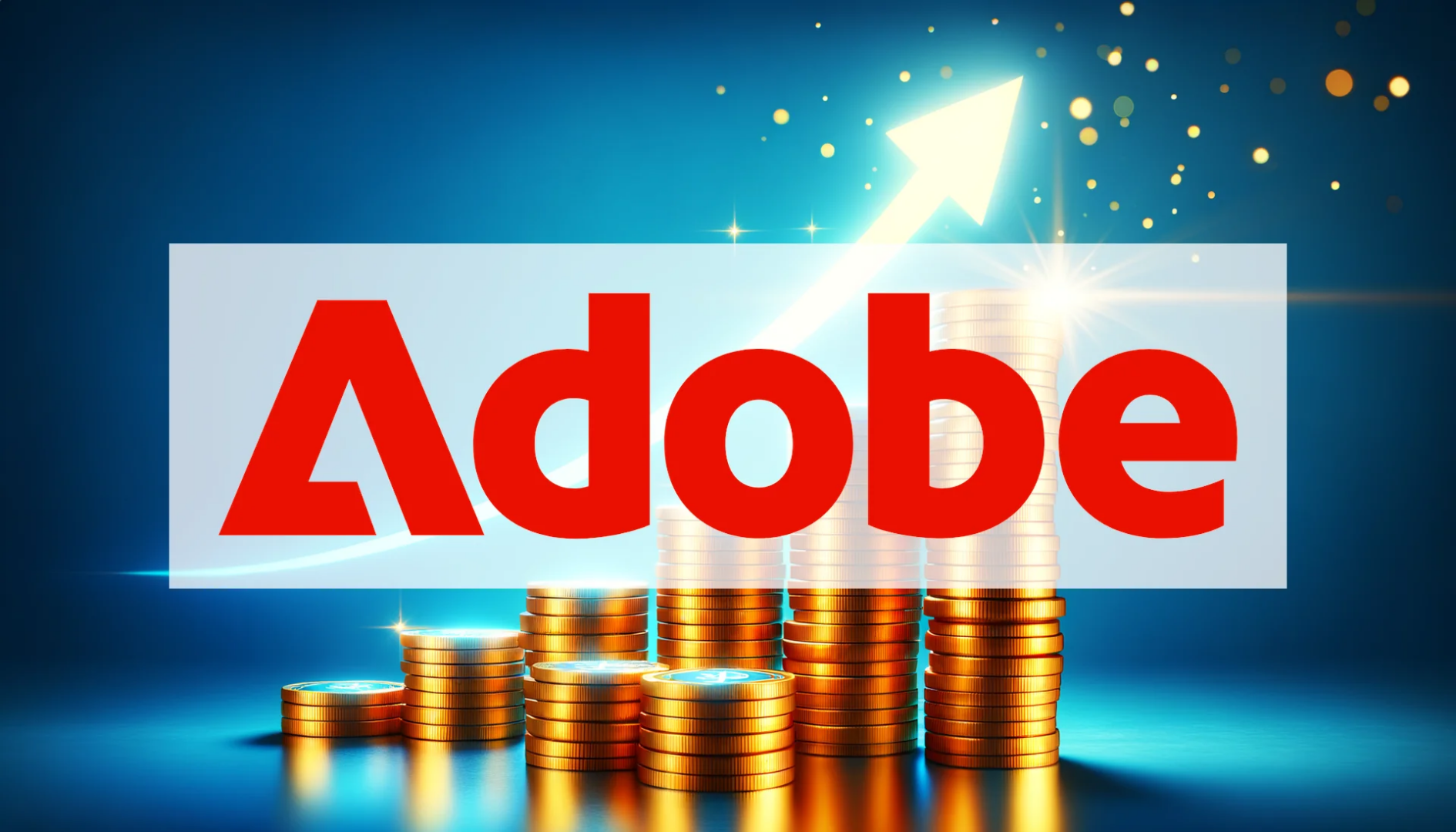The iconic food producer Hormel Foods finds itself navigating turbulent financial waters. Despite reporting increased sales, the company’s profitability is being severely undermined by escalating input costs. Management’s sobering outlook offers little near-term relief to shareholders, raising fundamental questions about whether this consumer staples veteran can orchestrate a meaningful recovery.
A Glimmer of Hope in Reliable Dividends
One consistent bright spot for investors has been Hormel’s unwavering commitment to shareholder returns. The company recently distributed $0.29 per share, marking its 389th consecutive quarterly dividend payment. With the stock currently yielding approximately 4.7%, income-focused investors continue to receive compensation for their patience during this challenging period. However, this attractive yield alone may not suffice to retain shareholders as the equity has depreciated by more than 30% since the beginning of the year and remains roughly 50% below its peak valuation.
Superficial Sales Growth Masks Underlying Weakness
Hormel’s third-quarter 2025 performance presented a contradictory picture. While net sales advanced to $3.03 billion, representing 6% organic growth, this top-line strength failed to translate to profitability. Operating income contracted significantly to $240 million, with adjusted earnings per share of $0.35 falling substantially short of the $0.41 consensus estimate.
Margin compression was evident across all business segments:
– Retail: Volume growth of 5% was overshadowed by a 4% decline in segment profits
– Foodservice: Despite a 3% revenue increase, earnings retreated by 1%
– International: While Chinese operations expanded by 8%, Brazilian performance deteriorated with profits plunging 13%
Should investors sell immediately? Or is it worth buying Hormel Foods?
Management’s Pessimistic Forecast Extends to 2026
Under the guidance of interim CEO Jeff Ettinger, the corporate outlook remains cautious. For the final quarter of the fiscal year, management projects adjusted EPS between $0.38 and $0.40, again below analysts’ expectations of $0.41. More concerning is the company’s assessment that a sustained earnings recovery may not materialize until 2026, forcing investors to weigh whether to await this promised turnaround or exit their positions amid substantial share price depreciation.
Divided Analyst Sentiment Reflects Uncertainty
Market experts display notable divergence in their assessments of Hormel’s prospects. Among covering analysts, the consensus recommendation averages to “Hold,” though this masks considerable disagreement. The current distribution includes four “Buy” ratings, four “Hold” recommendations, and one “Sell” opinion. Price targets range from $28.00 to $30.88, suggesting potential upside exceeding 24% from current levels.
Technical indicators provide conflicting signals, with short-term buy signals emerging even as longer-term charts maintain their bearish trajectories. The central question remains whether these optimistic price targets are achievable given the company’s persistent earnings challenges.
Ad
Hormel Foods Stock: Buy or Sell?! New Hormel Foods Analysis from November 17 delivers the answer:
The latest Hormel Foods figures speak for themselves: Urgent action needed for Hormel Foods investors. Is it worth buying or should you sell? Find out what to do now in the current free analysis from November 17.
Hormel Foods: Buy or sell? Read more here...










